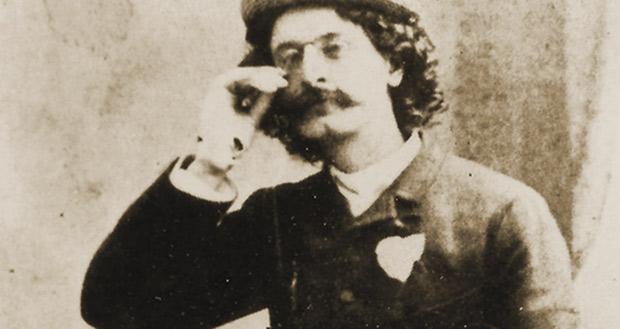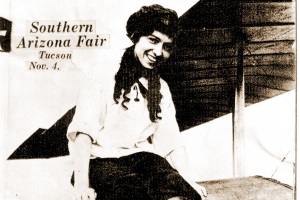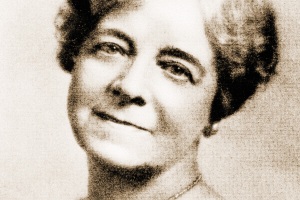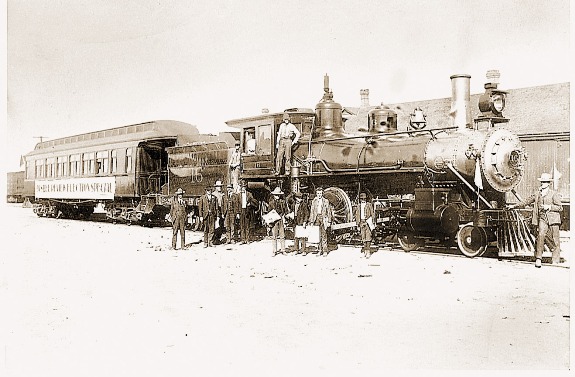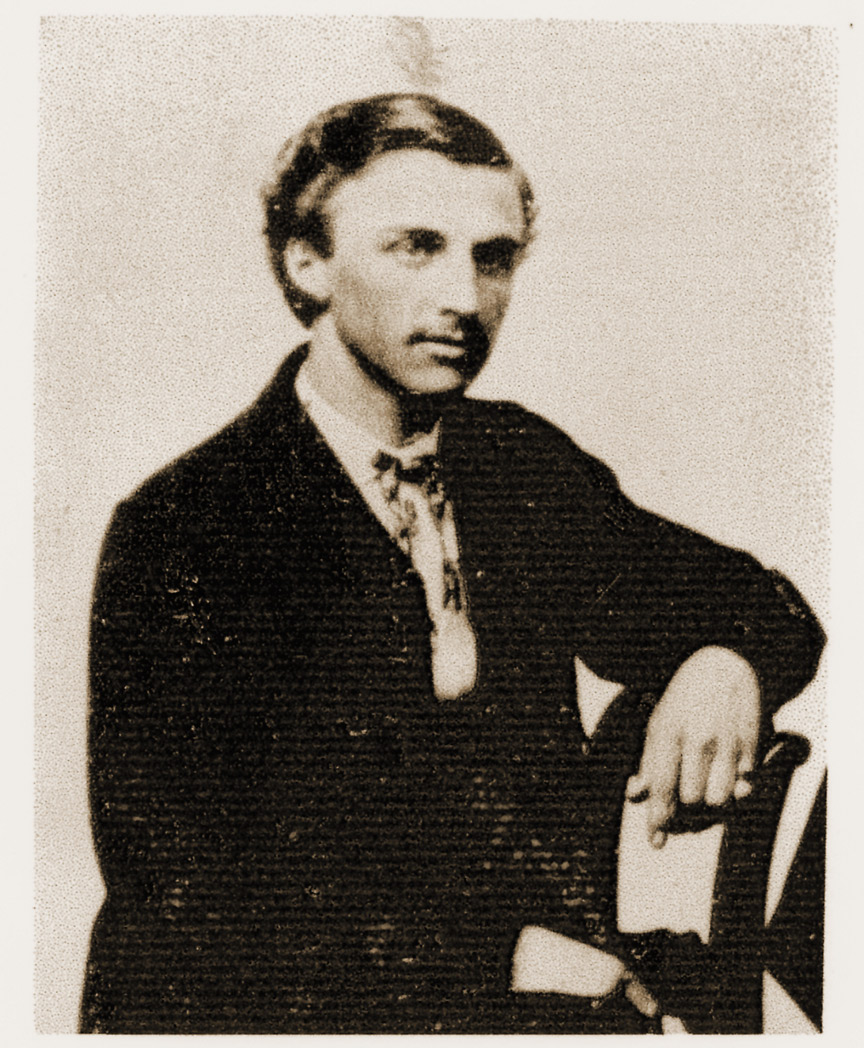Recent Articles from Jane Eppinga
Tombstone’s Bird Cage Theater
Tombstone’s most celebrated theater was the Bird Cage. In its heyday between 1881 and 1889, the theater offered gambling, liquor, vaudeville entertainment and ladies of the night. In 1882, ~The New York Times~ referred to the Bird Cage as “the Roughest, Bawdiest and Most Wicked Night Spot between Basin Street and the Barbary Coast.”
Tucson, Tubac, Tumacacori, ‘Tohell’
Southern Arizona rancher Pete Kitchen was best known for his choice hams and his humor. His hams graced tables from Nogales to Santa Fe, and his humor was part of... […]
Santa Cruz County Pioneers
In 1910, Esther Rothrock, who lived in Elgin, a town southeast of Sonoita in Santa Cruz County, invited her sisters, Carrie and Rhoda Swigart, to come to Arizona to homestead land.
Louis Criger, Catcher for Baseball’s Best Ever
Louis Criger was born Feb. 3, 1872, in Elkhart, Ind. Small but with a strong, accurate throwing arm, Criger became a professional baseball catcher and called pitches for Cy Young, the winningest pitcher of all-time.
The Flying Schoolgirl
Katherine Stinson was born Feb. 14, 1896, in Jackson, Miss. As a young woman, she hoped to become a piano teacher and planned to study music in Europe, but lacked the money for the trip. For some reason, she fixed on becoming a stunt pilot as a quick way to earn cash. However, to pay the $500 cost of flying lessons, her family had to sell the piano. That might have been a hardship for Stinson, [...]
Annie Evalena Stakebake Seayrs Daniels
Annie Evalena Stakebake Seayrs Daniels, a schoolteacher and Pima County superintendent of schools, was born in a log cabin on a farm near Windsor, Randolph County, Ind., on Oct. 3, 1869. Her parents were Henry Harrison and Louisa Cropper Stakebake.
The ‘Bisbee Review’ Train
Shortly after midnight on Nov. 9, the Bisbee Review train pushed into the local station. Using results supplied by The Associated Press, the newspaper began to print its election special sections on two presses that ran until 3:45 a.m., as fast as possible. As soon as the election sections were printed, they were hauled off to the train.
Arizona’s ‘Billy the Kid’
William Floyd Claiborne, called Billy the Kid (not to be confused with the original “Billy the Kid” whose given name was William H. Bonney), was born in Mississippi on Oct. 21, 1860. He came to Arizona in the early 1880s and worked as an amalgamator at mines in Charleston (a town a few miles southwest of Tombstone) and at the Neptune smelter in Hereford. Claiborne eventually fell in with a gro[...]
Tombstone’s Chinese Pioneers
In the late 19th century, about 400 Asians resided in Tombstone and were ruled by a Chinese woman named China Mary. She was known for wearing opulent brocades and expensive jewelry, and was considered one of Tombstone’s most influential Chinese residents. China Mary, whose Chinese name was apparently Sing Choy, had acquired enough money to buy a Tombstone property on block 2, lot 9. She also was[...]
Tombstone’s Surgeon to the Gunfighters
Dr. George Goodfellow with his horse, a gift from Mexico’s President Porfirio Diaz.
A case of territorial voter fraud
Robert Paul was born in Massachusetts on June 12, 1830. At the age of 12, he boarded a whaling ship and spent the next several years traveling around the world. In 1849, he arrived in San Francisco — just in time to participate in the gold rush. Then from 1859 to 1864, he served as sheriff of California’s Calaveras County. After several financial setbacks, Paul began riding shotgun for Wells F[...]
Arizona’s Great Velocipede Race
El Tour de Tucson, one of the largest road bicycling events in the United States, started in 1983. The ride takes place every November.
However, the seeds for the event were planted as early as the 1890s.

